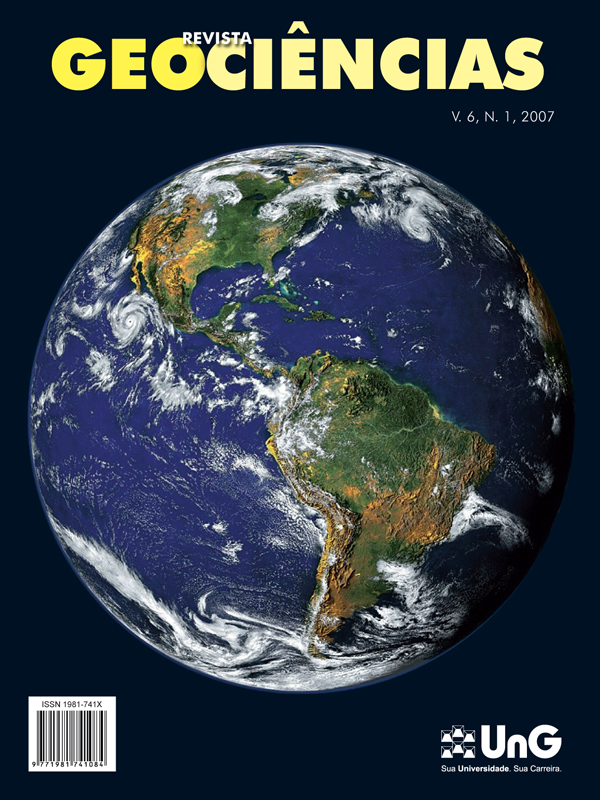Developed By
Language
Information
Make a Submission
AVISO IMPORTANTE
Informamos a todos que a Revista Geociências – UNG-Ser passou a ser uma publicação eletrônica mensal, com fluxo contínuo (são publicações que adotam um modelo de publicação em que os artigos são disponibilizados online assim que são aceitos, em vez de esperar por um número completo da revista. Isso significa que, assim que um artigo passa pelo processo de revisão por pares e os autores realizem as correções obrigatórias solicitadas pelos avaliadores imediatamente o artigo é publicado, permitindo que os pesquisadores acessem as descobertas mais recentes sem atrasos. Esse modelo tem várias vantagens, como a agilidade na disseminação do conhecimento e a possibilidade de os autores receberem feedback mais rápido. Além disso, as revistas de fluxo contínuo podem ajudar a reduzir o acúmulo de artigos que aguardam publicação, tornando o processo mais eficiente) a partir deste ano 2025, sob o ISSN 1981-741X (1981-7428). A revista está ancorada no portal das revistas científicas eletrônicas da Universidade Guarulhos – UNG (revistas.ung.br). Estamos registrados na plataforma Sucupira com Qualis C para o quadriênio 2017-2020.
DPO - Contato e-mail.

